The plus size industry has definitely evolved over the years, but to be honest, it still has a ways to go. Even within the community itself, there is a certain body shape that is seen as the “standard” within the community. That “ideal” narrow-waist-to-wide-hip ratio in society extends to curvy babes. An “intra-sizeism,” if you will.
As the years go by, the average woman’s physique changes. I’m sure y’all have heard the age-old tale of beauty icon Marilyn Monroe being a size 12. Then comes the concept of vanity sizes, so of course, the idea of “size” has certainly changed.
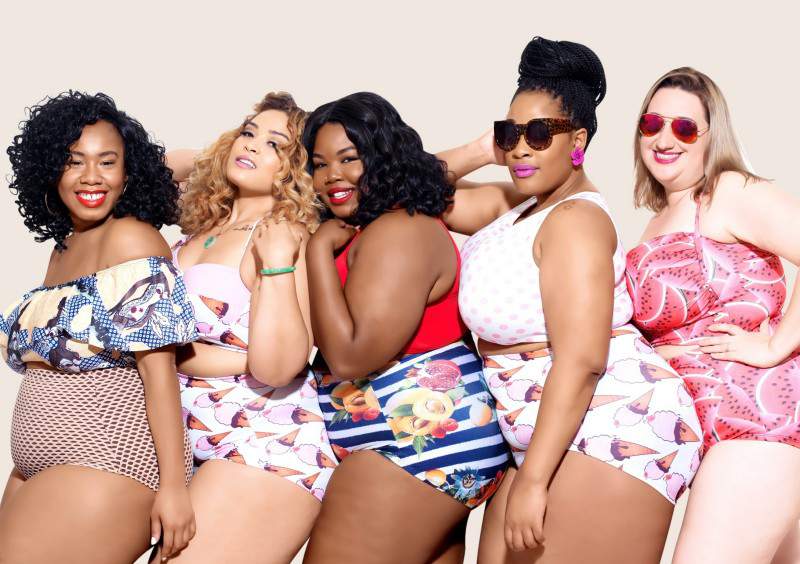
For a while, many people have cited data that the average American woman was a size ’14,’ recently changing from the ’12’ that it had been before. Well, that isn’t the case anymore! Per the International Journal of Fashion Design, Technology, and Education the average American woman is now actually between a size 16 and 18.

In the study, over 5,500 American women over the age of 20 were measured and additional data from the Centers for Disease Control and Prevention (CDC) was also used. The data concluded that over the past 21 years, the average waist circumference increased 2.6 inches.
The study’s researchers concluded with the hope “that women may be relieved in knowing the average clothing size worn is larger than [they] thought,” and that it alters the public’s perception of “average” size.
So, what does that mean? To me, it definitely means that the plus-size industry should accurately represent such in their models. Yes, supermodels have been historically the “extraordinary” exception of the average woman, but the point of the advent of the plus-size industry was inclusion. As such, there should be a wide range of models that represents the bulk of woman actually purchasing the clothes.

Think about how much time and pain we’d save if we saw an accurate sized woman in the clothes we covet? We’d completely eliminate that “wow it looks so good on the mannequin/model, but it looks like a complete mess on me!” feeling.
Beyond the significance of inclusive model representation, the actual clothes should have a realistic size range to accurately represent its consumers. “I am hoping this will help nudge the fashion industry to seriously consider expanding their sizes,” said study author Deborah Christel, Ph.D.
Yes! It just sounds like common sense to me! Supply and demand is real! Let’s hope the brands adjust in regards to its models and its stock!
So, what do you think about his newfound information? Did you know the average size had increased?
What are YOUR thoughts?
lead image source

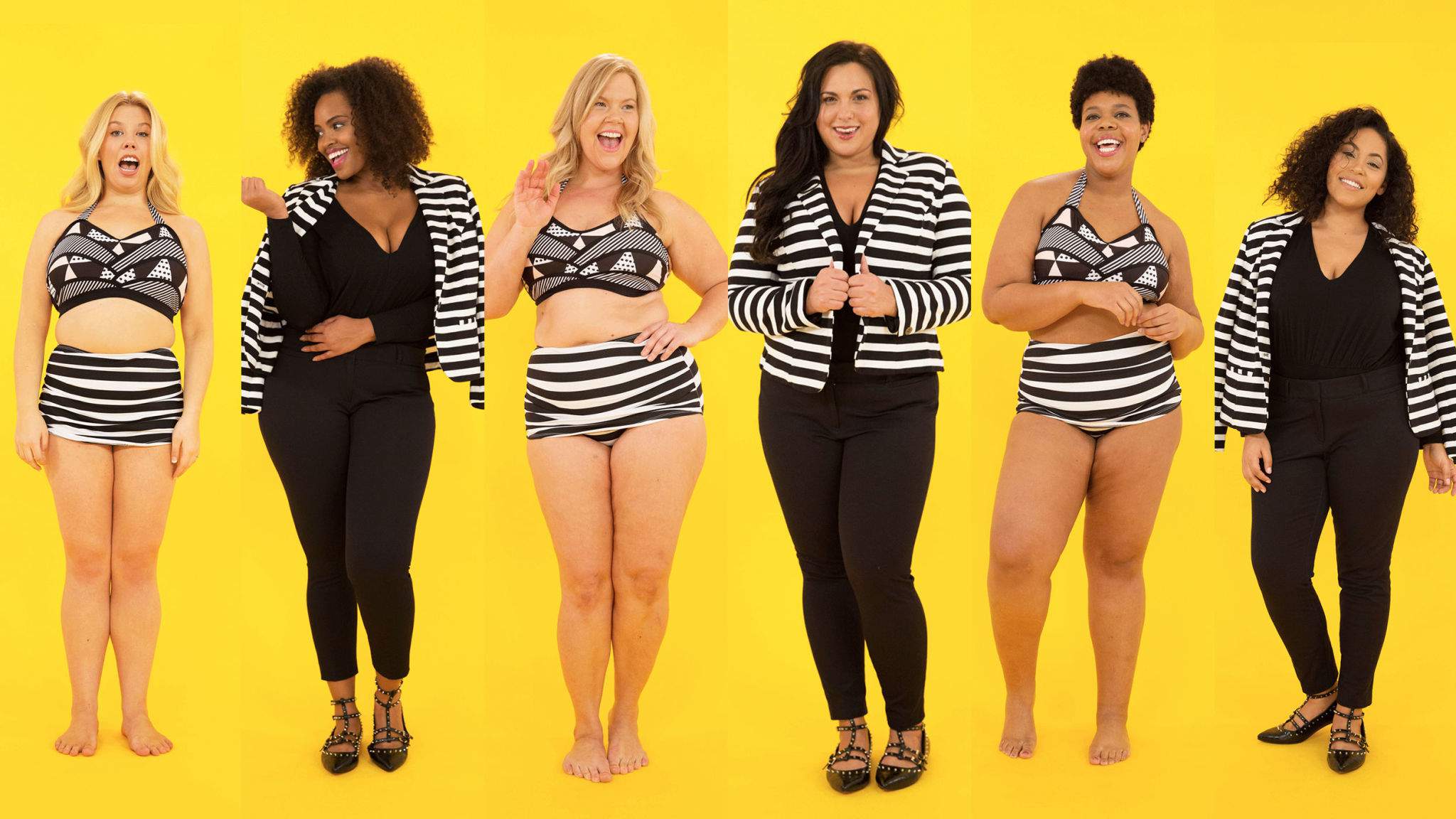
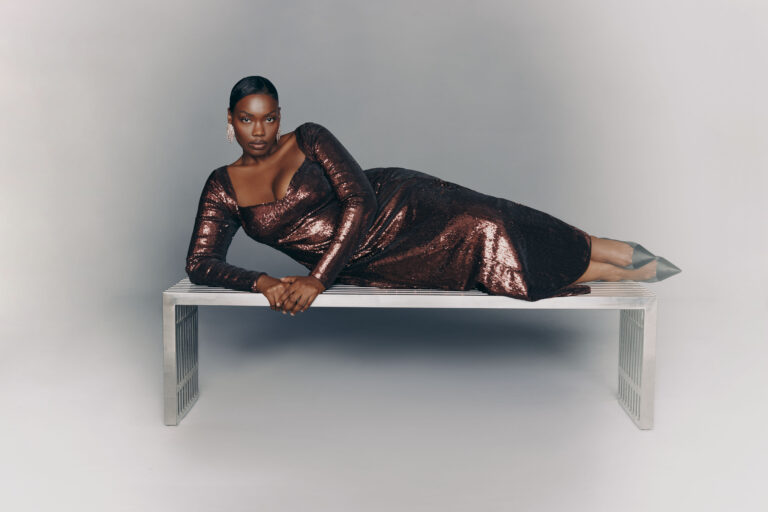

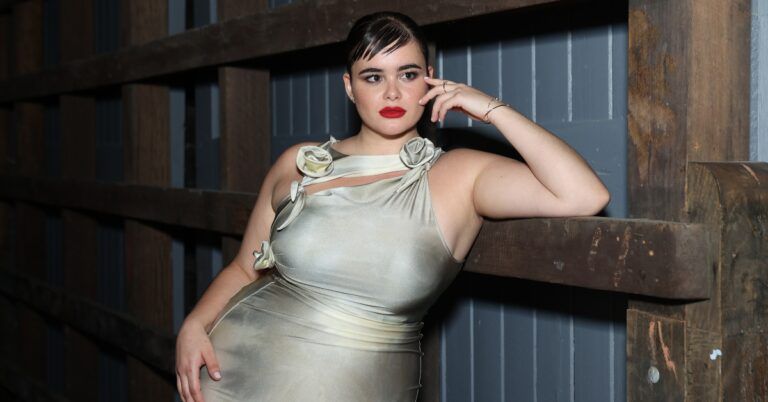
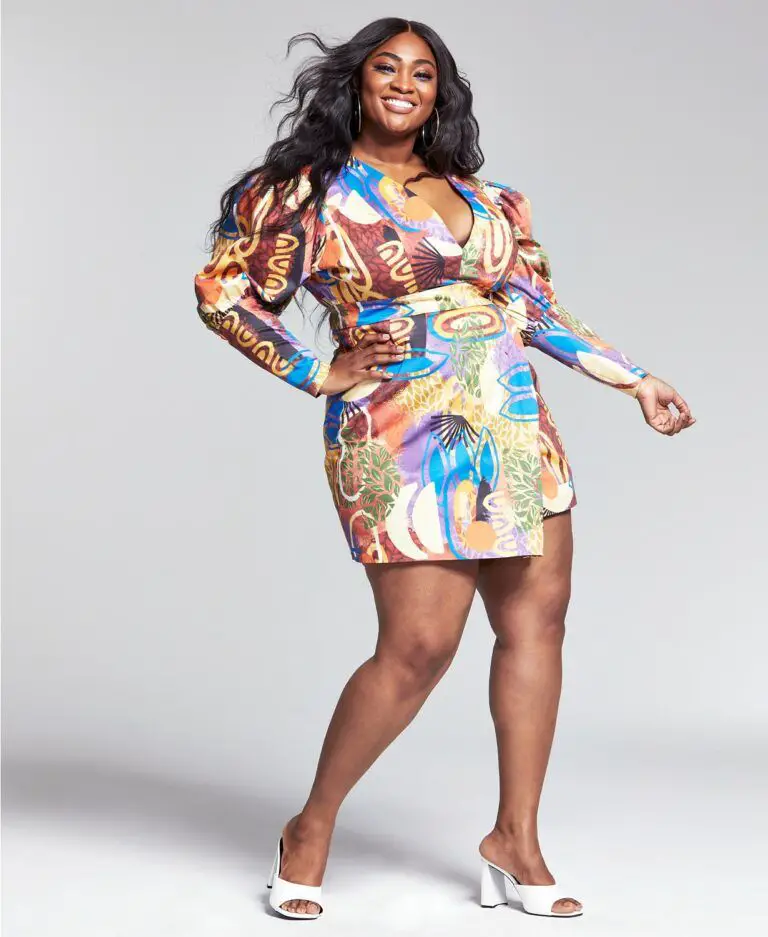
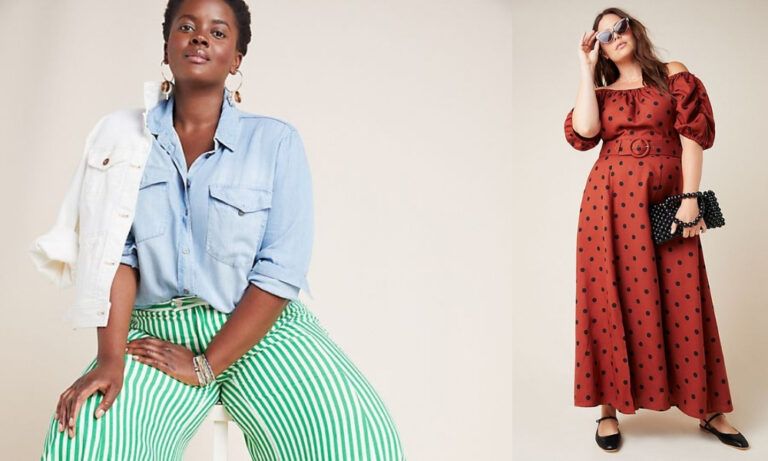
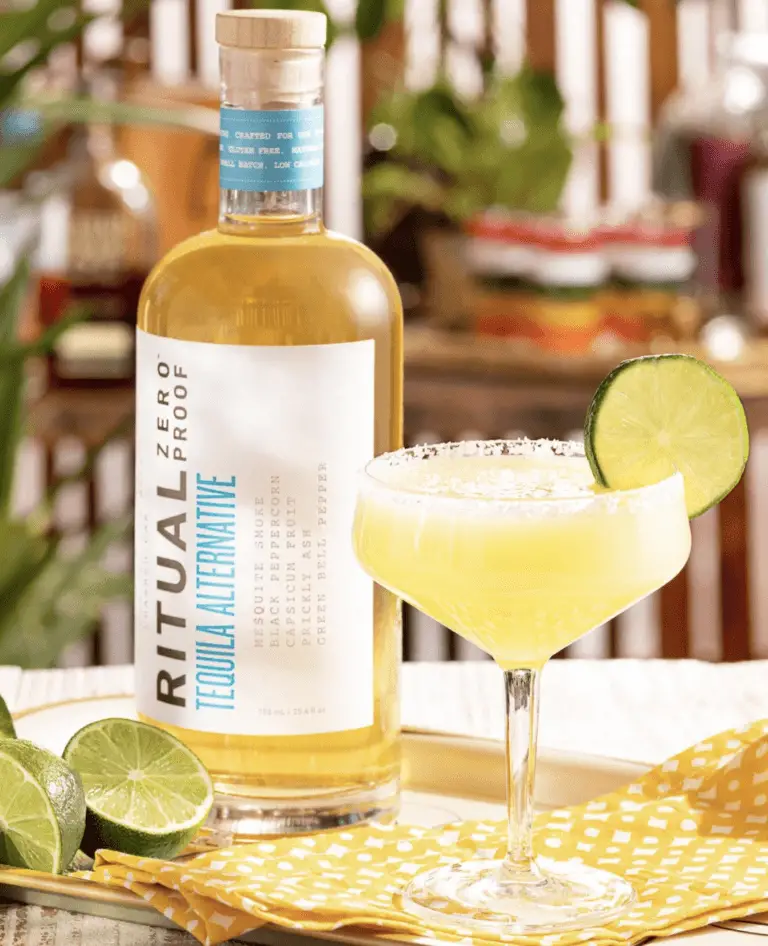
I am a 16/18 and up depending on store and this is obvious to us but to other people not so much. yes makes people mad or worried im like of what? lol I am happy to read this . I loved me then and I love me now. Now back to shopping.
Suddenly I’m OK with being average ðð¾ðð¾
But it’s interesting right?
It’s very interesting. I’m fairly certain that my skinny days are behind me and I’ve learned to embrace my fabulously average body. I’ve been wearing my short shorts, showing my sexy legs and lots of skin, and it’s quite liberating!
I’m a male. What is this definition of size? size 16 of what? If I was to define an average, it would be the average of at least 3 measurements, say 24 16 24 or something like that. Could anyone clarify this?
16 US size pants or dress in women’s clothing.
16 of what ? where does the 16 is measured? inches?
Women’s clothes are not measured the way men’s are, they just pick a number and slap it on, why do you think were always complaining about the fashion industry
16 means something for you all. Take a piece that is size 16 and tell me where is it the same as another 16. How do you guys talk about 16 and you don’t have a reference dimension for another piece to be made 16. Or in the alternative make your first size 16 piece and tell me how you decide its dimensions
They don’t and this is why no two pieces of women’s clothing fit the same. One of the major reasons why I can’t and don’t buy clothes online. I need a size 18 and up to a 20 on in some sizes and then to top it off I am petite and that is extremely hard to find with numbers in double digits.
I’m puzzled. You guys are gonna have to sit (those designing clothes) and discuss how you are going to come up with a few dimensions to define a start up standard in which to come up with an end piece base on those standards. It can be done. If you don’t do it, there will be a lot energy used unnecessarily to find what you need as it seems to be today. Again I’m not a woman.
Yuri Mendez The US size chart is a mystery we women attempt to figure out on a daily basis. Can you imagine being a teen and trying to figure all this out especially with bra measurements. But is is very important to us to have designers and brand understand that our bodies are different and come in various measurements. So we don’t differ to much from men, some women shop strictly by their measurements because it provides the best fit.
I just love when men swoop in to to tell us what we need to get done on problems we have been working on for decades. We are well aware of what needs to happen, rather than try and tell us how to solve it you should take this as an opportunity to learn and support us
I don’t think you’ve been working on this for decades. You’ve been steered around by the industry if for decades you’ve suffered the same problem. I just came down to the understanding that there is a huge problem here because I’m not a woman. You are telling me that you’ve seen this for decades but what have you done? You are playing martyr with someone who is obviously being supportive to try to load your faults on someone else. DO SOMETHING!!. I’m doing my share in social media to support average and bigger ladies because media discriminates you on Biased interpretations. Don’t try to invert the goals of this discussion to blame your problems and those in the fashion industry to someone else and not yourselves who are the ones directly affected by the problem. I just use 32 pants and that I understand. by the way I’ve been always very skinny but don’t think my body weight and shape respond to habits better than those of ladies that are bigger.
Every company has a size chart to translate measurements into a size. The sizes are similar between companies but not exact.
There’s no exact ratio or measurements. You have to look at the chart for the company you order from or try on several sizes in person to find what fits.
Here’s an example.
Does this mean the average WOMAN in the us is size 18?
According to this report.
Ok it says the average plus sized woman… not just women in general
Funny…I don’t even consider 16/18 plus sized.
It depends on your height. If you’re edging near 6′ it’s hard for me to consider them plus sized, like most models are. But at 5’3″ I’d consider myself plus sized, through with small plus sized privilege where my size is not uncommon and can even be found in non-plus sized stores.
I’m 5′ even, my 16/18 is definitely plus sized lol
I am 5’8″ and am between 16 and 18. I consider myself small plus size. Ultimately it doesn’t matter what the public thinks.
I am 5’1 and between and 18 or 20 and need petite or it is 10 miles to long for me.
I feel it’s a personal opinion myself. Like some days I feel like Beyonce and some days i don’t.
â¤
Well no lie but all our foods are fake and cancerous so it’s not really a celebration
Have you seen the documentary on Netflix about this? I have so many thoughts.
The Curvy Fashionista I saw that documentary. It’s pure vegan propaganda.
Yes I have astounding !!
Throw being super short into the mix, and that totally explains why I can never find my size! The other 1,000 women my size, already bought the 7 items that were made
But there are some great options available in clothing for petite. Have you tried ELOQUII. And get a seamstress. Your life will change with a seamstress.
I am well versed withe a sewing machine. It just sick paying good money for clothes just to have to remake them. But at least if I do it, I know they will last
As a tall person, I’m the opposite. With the same bmi as a short person that wears a 2x, I’ll be hunting for 4xs which most stores dont carry. :-/ Sucks for all of us.
That it does
what does the phrase ” average plus size” mean? Doesn’t plus size by definition mean ” above average”?
I guessing they were going for more like “the norm”.
More plus size designers are needed.. More cuts, more fits, more size runs to accommodate more body types.
I am 205 pounds and almost 6 feet. I wear an 14 to 16 in pants. It’s all in my height, hips, butt, and thighs.
There needs to be a change to the sizing charts in the US. WHY? The sizing was based off norms from the middle of the last century. Waist lines will never return to those numbers because women DO NOT wear corsets to restrict rib cages. Physical activity, creates a different body shape and mass. Heights are taller. Feet are bigger. Prenatal health and vitamins, foods are changing the way all people look. I don’t believe this is all about people being obese. My daughter wears a size 4, weighs 115 pounds and us 5’2″. She simply cannot fit into any if my clothing I made at her age because my waist was 22″ and I weighed more than her. She is an athlete, I was not.
I see no reason why companies cannot grade up patterns to a larger size.
This!!! I totally feel you.
I am a 12, that is the healthiest size for me.
The average American female wears a size 16.
I love my curves
I should move to america ð¢
They need more representation, but also don’t forget about us 26+ girls either!
No ones forgotten ya! ð¤ð¤ð¤
I work in a plus size store. The size we get the most pieces in- 18/20. The size we sell out of first- 18/20. I would agree on this study based on just my own personal observations in retail.
Why call a size 16 or 18 a “plus size”?!?!…
I don’t understand why this is news. Size 16 has been the American average for over 10 years, as has been reported by many smaller media outlets. Suddenly it’s news *now* just because the media wants to jump on the ‘body positivity’ bandwagon? I’ve known this for years.
Agreed
“Plus sizes” use measurements that were called half sizes in the past. When I was a teenager in the Sixties, I wore a size 16. At the Chubby Shop (yes, that was the name of the shop), I wore a size 12-1/2. Also, as clothes do not take into account body shape, as an Inverted Triangle, I chose items that did not have a defined waistline.
I have a friend she wears sizes 12/14/16/18
Depanding on the make of the out fit (hour glass shape)
What does that make her.
Some brands I wear a – other brands-. Bottomline I just want to see me represented in the clothes not a 10-12. Smh
Sometimes I can wear an 18 other then that I have to get a 20
Agreed!
and I wonder why In This metropolis that I live (Manhattan)
there are no zero fashionable selection of large sizes to shop for. Not To mention zero plus size clothing stores
I really would enjoy my CAKE if I could eat it too